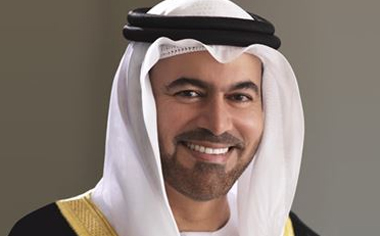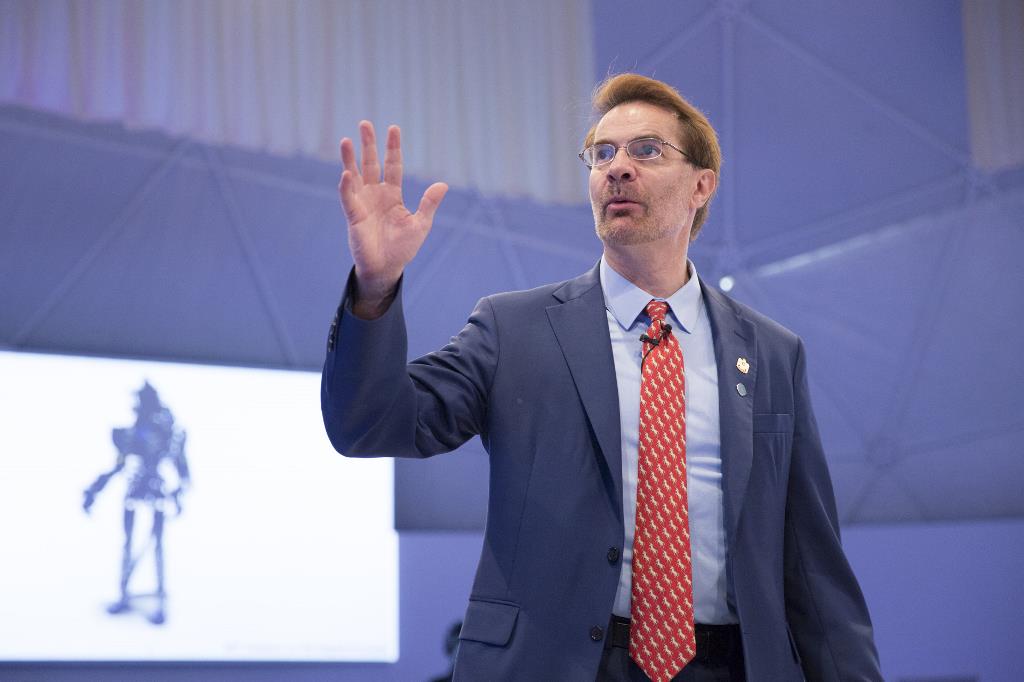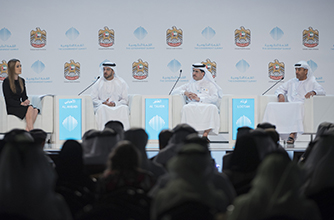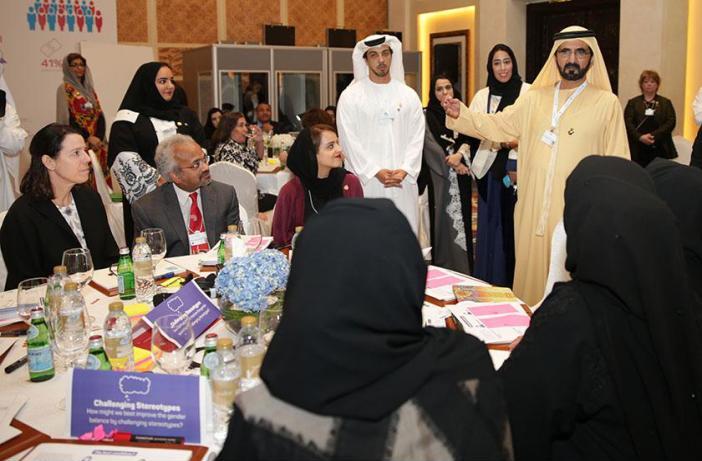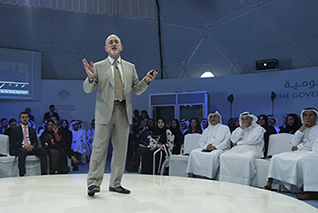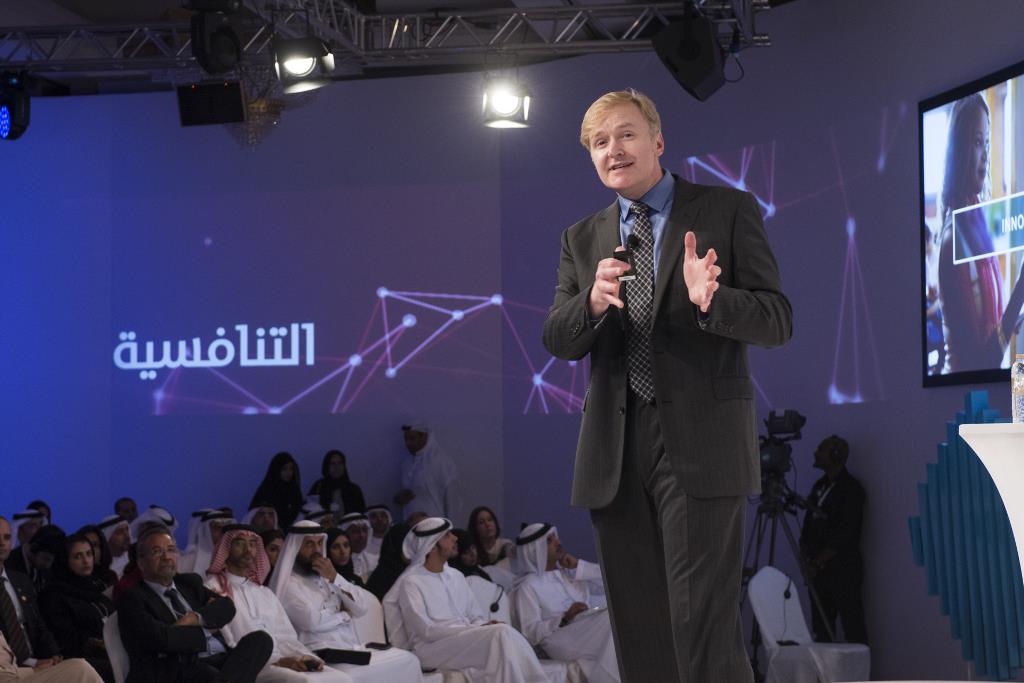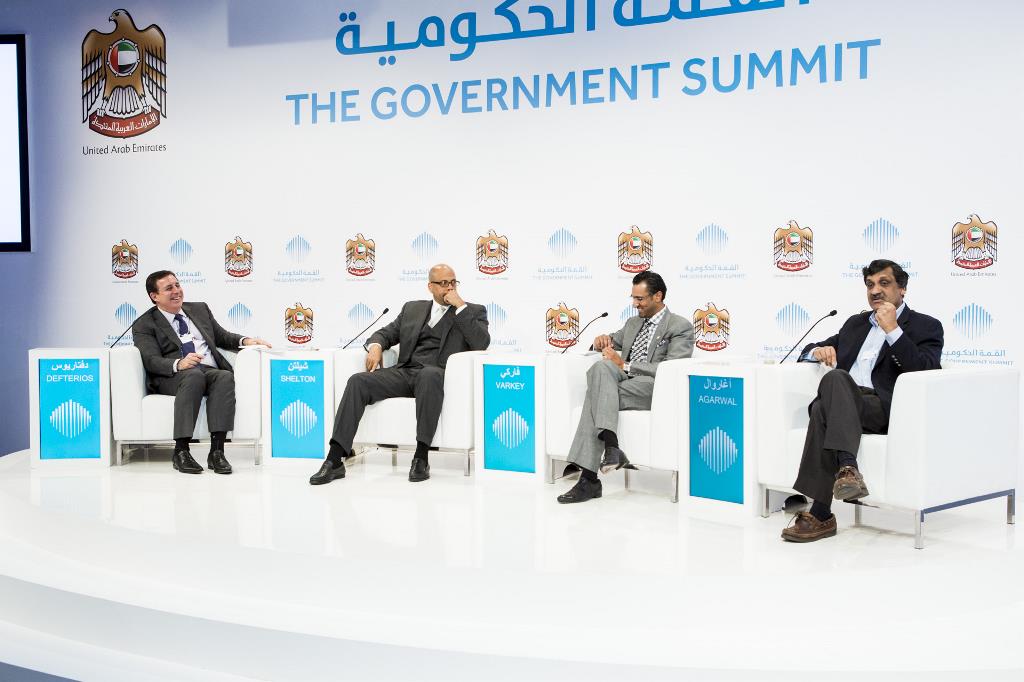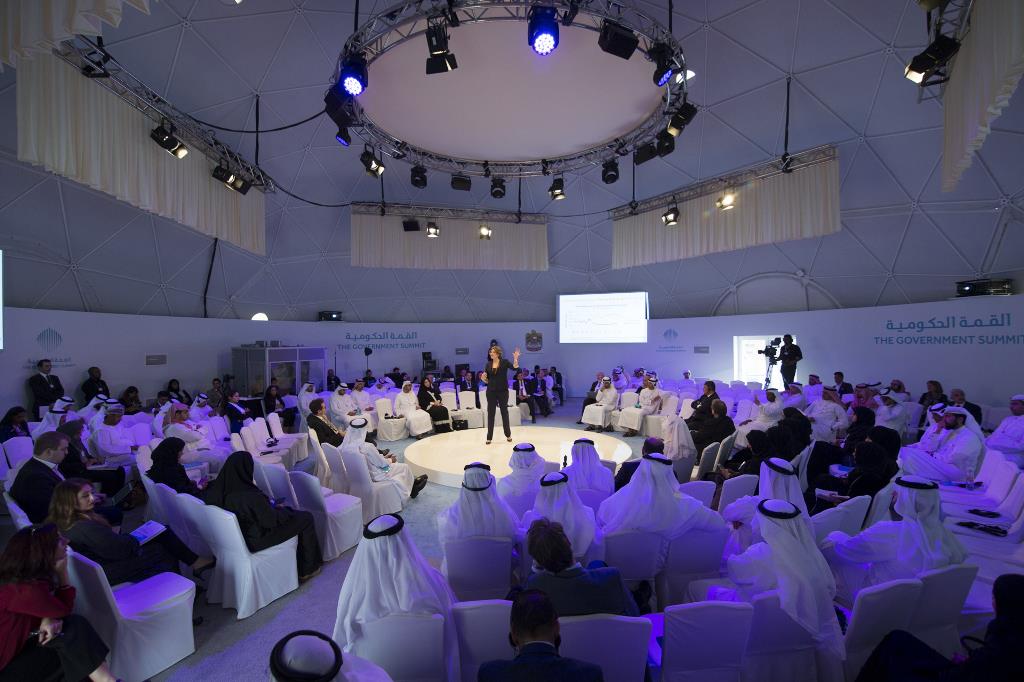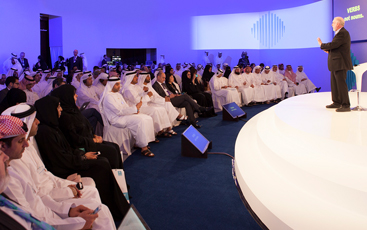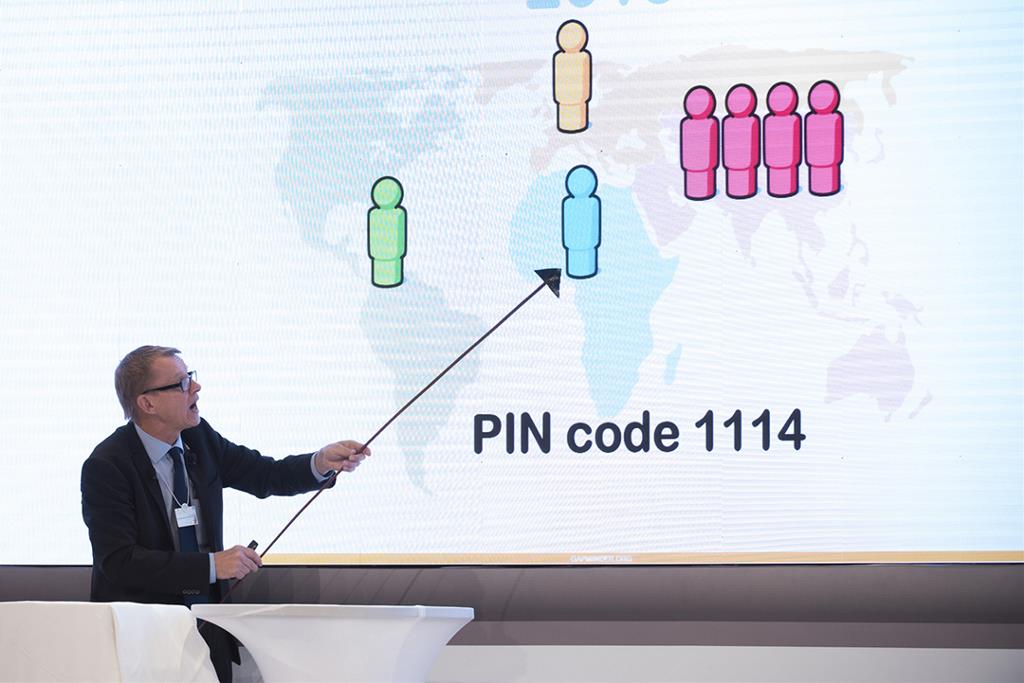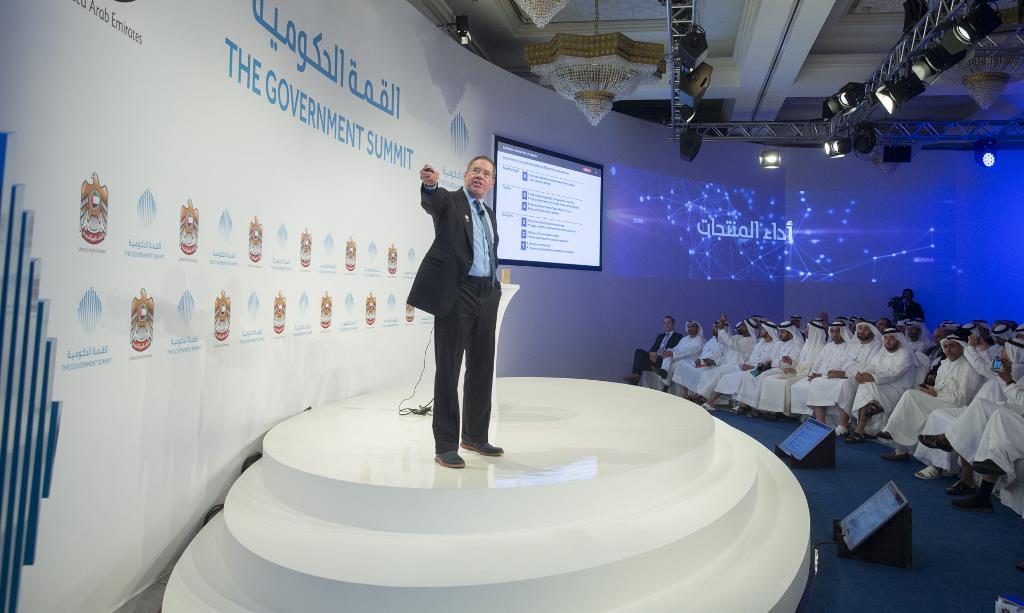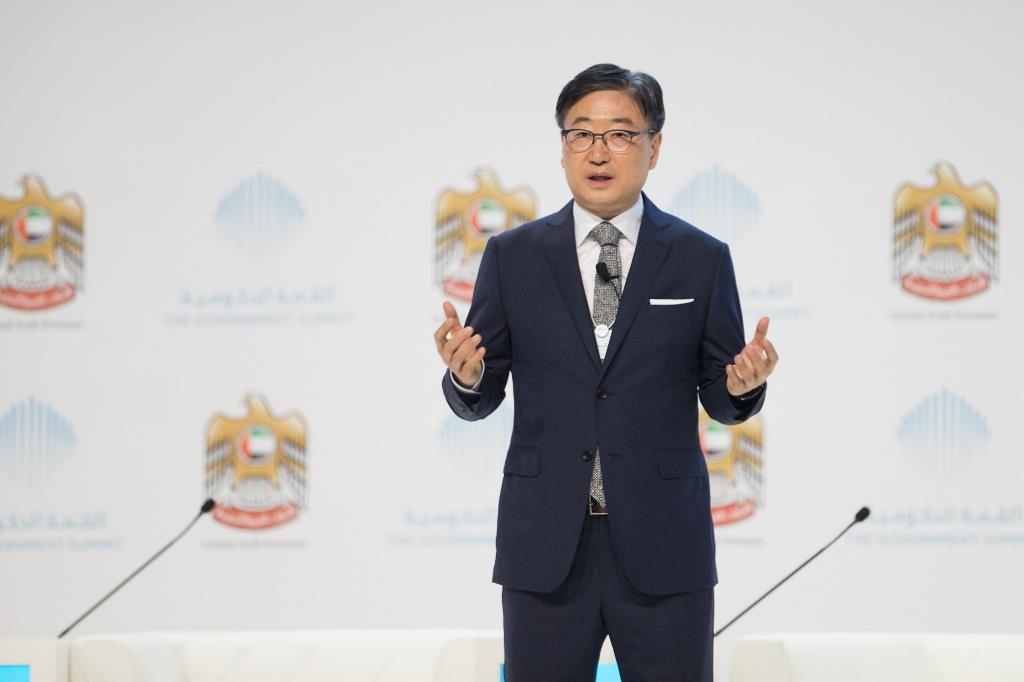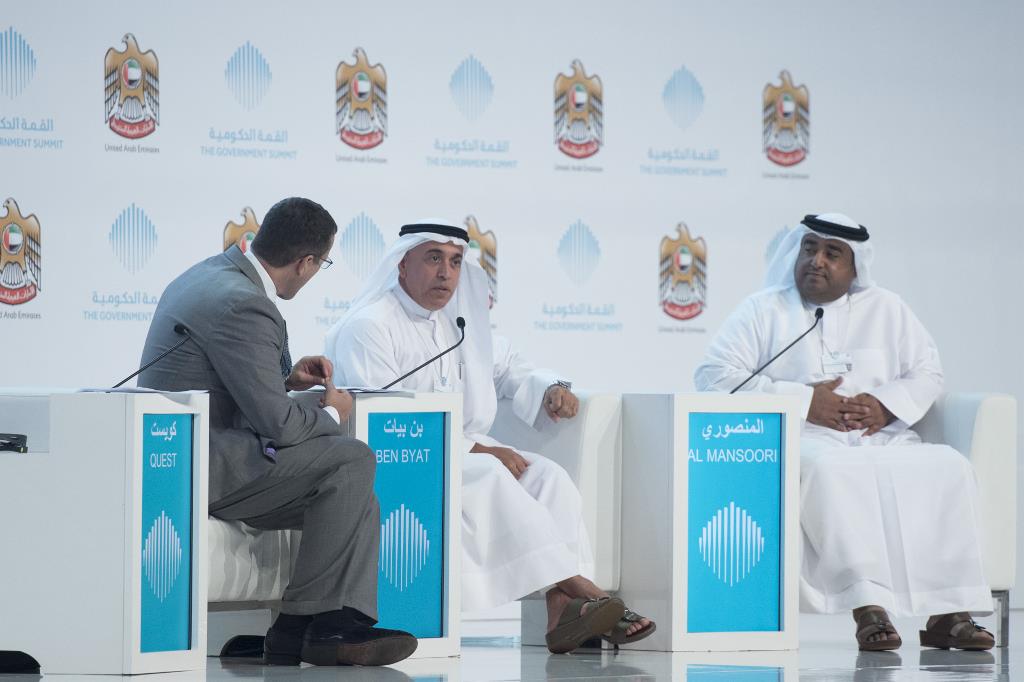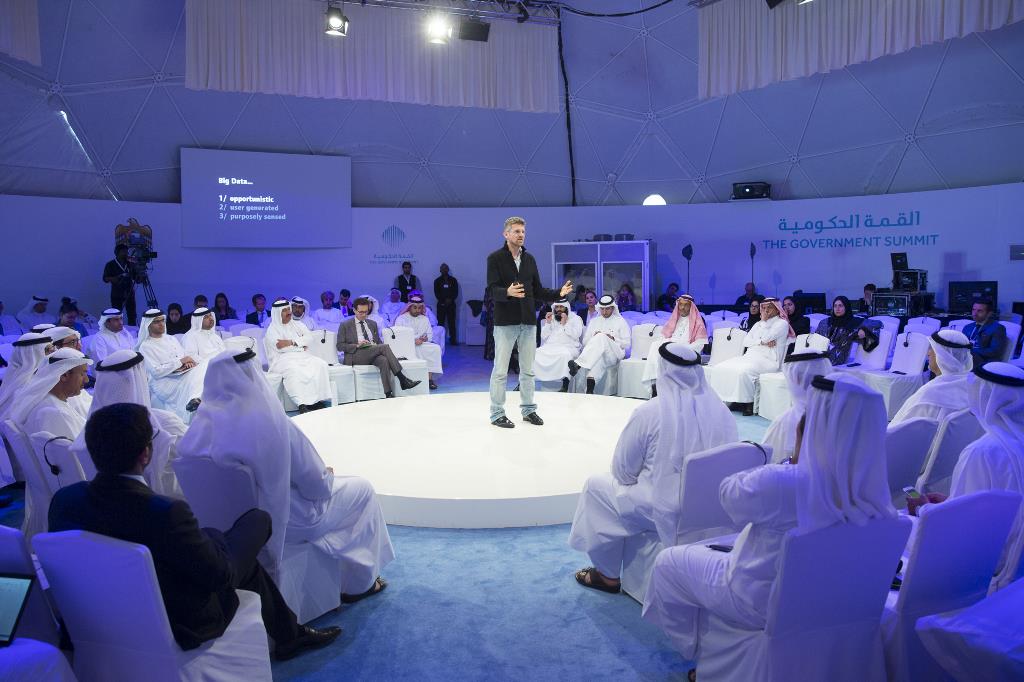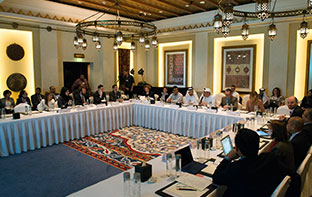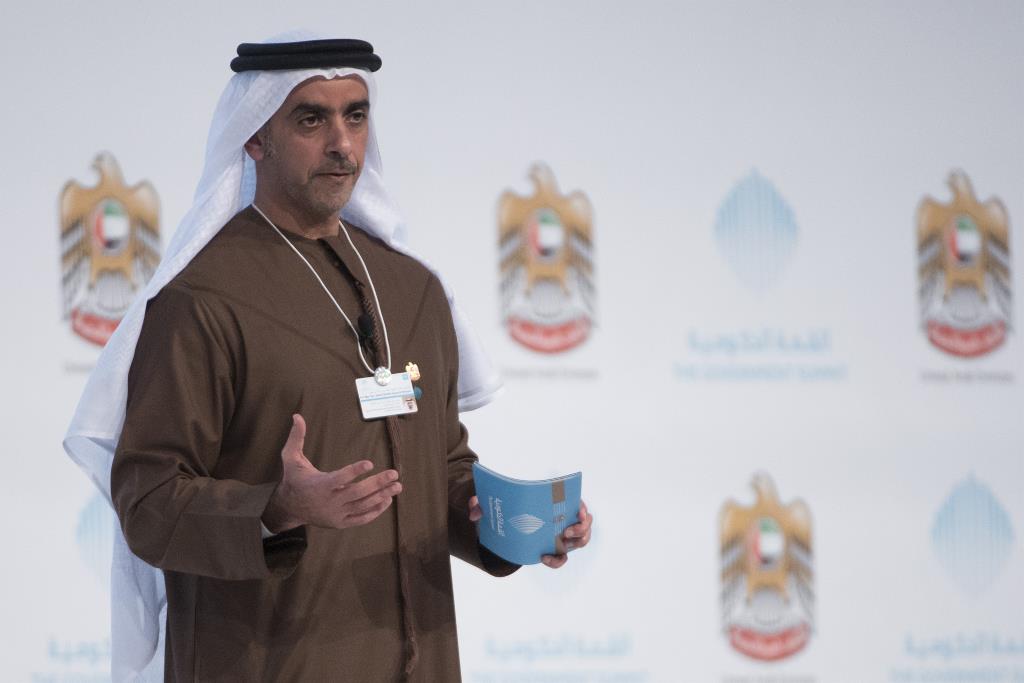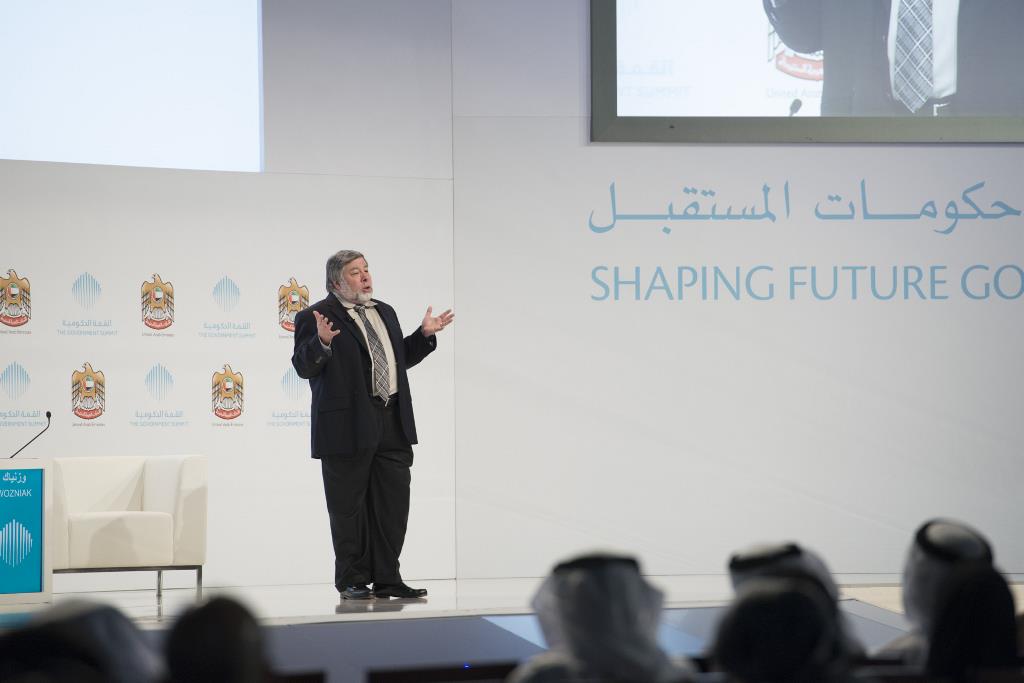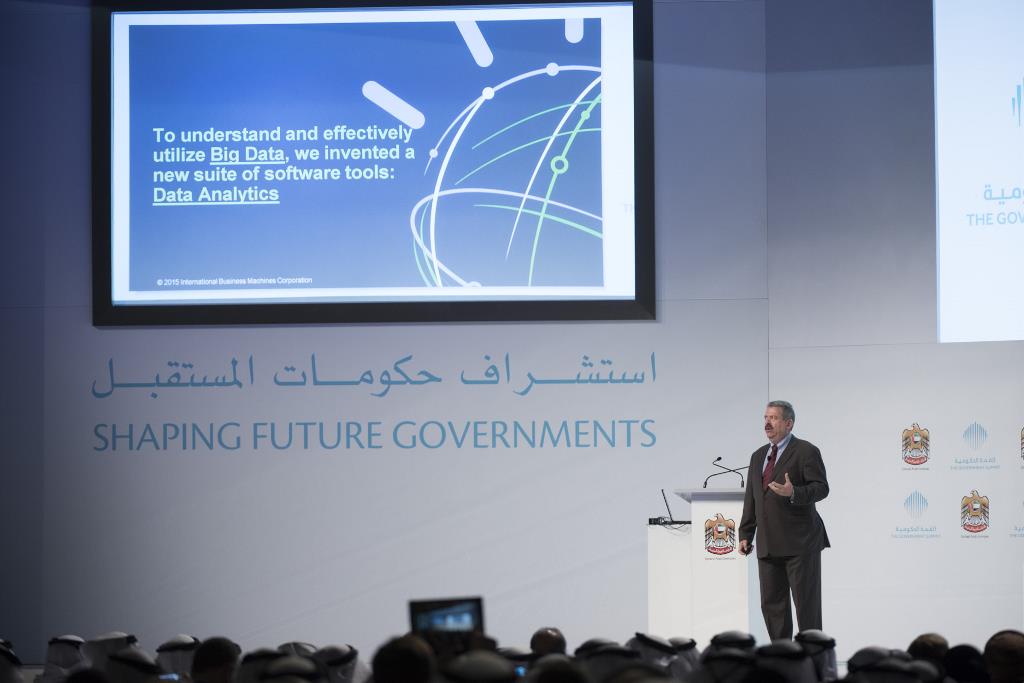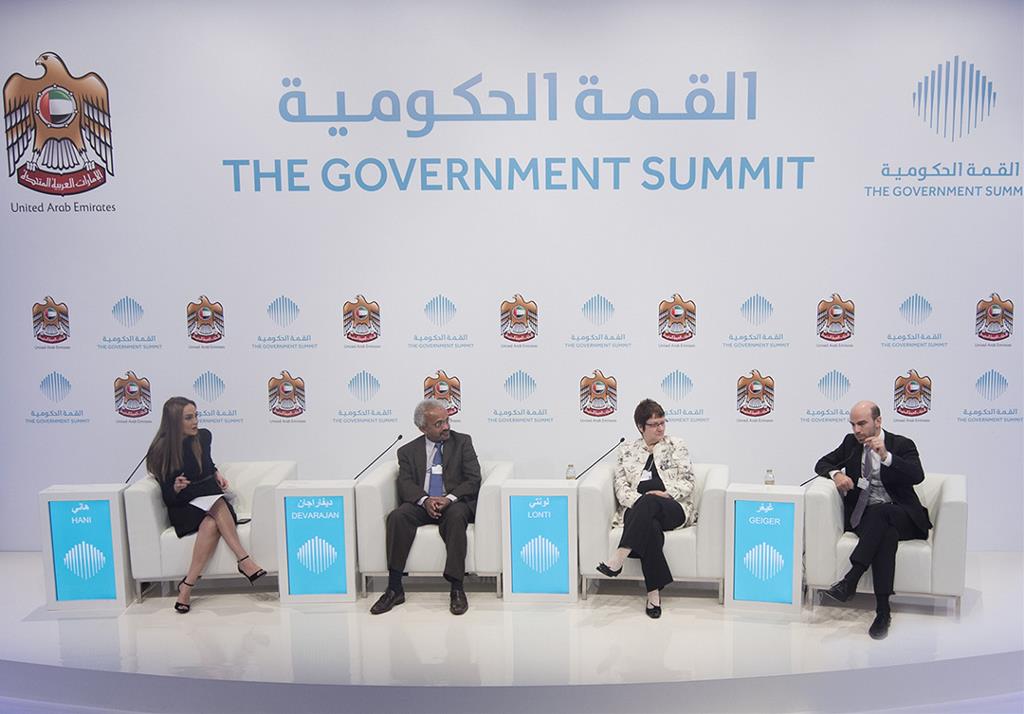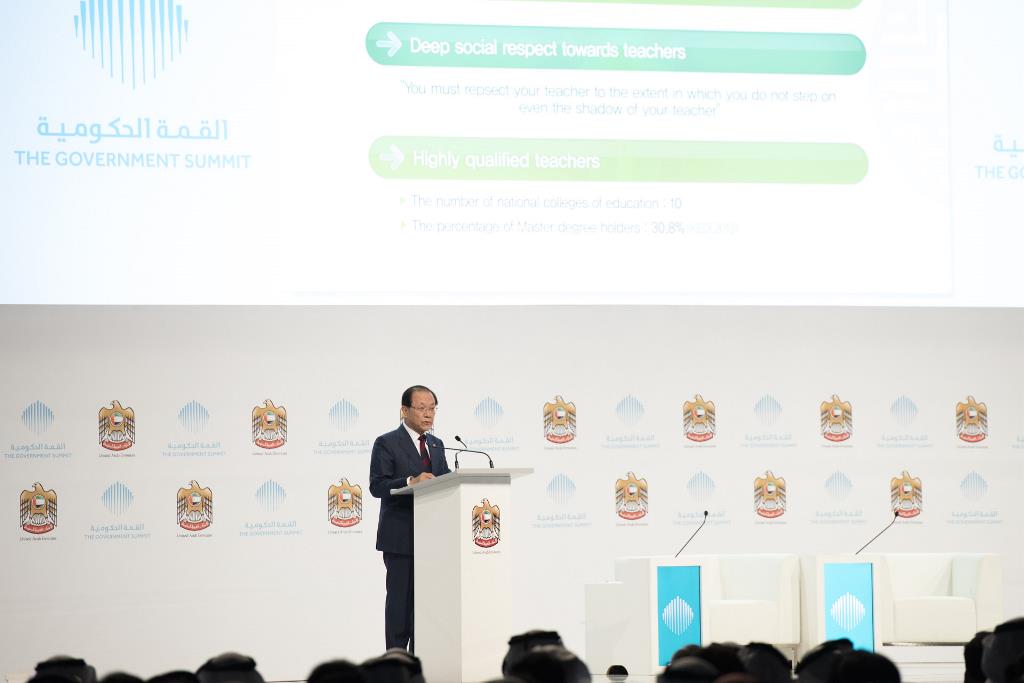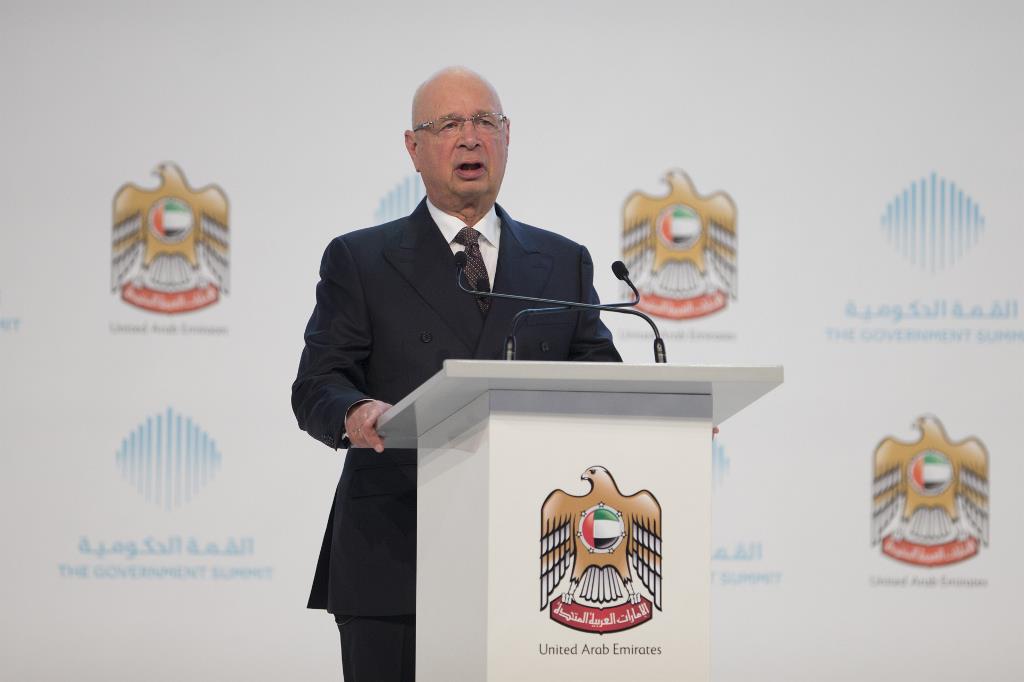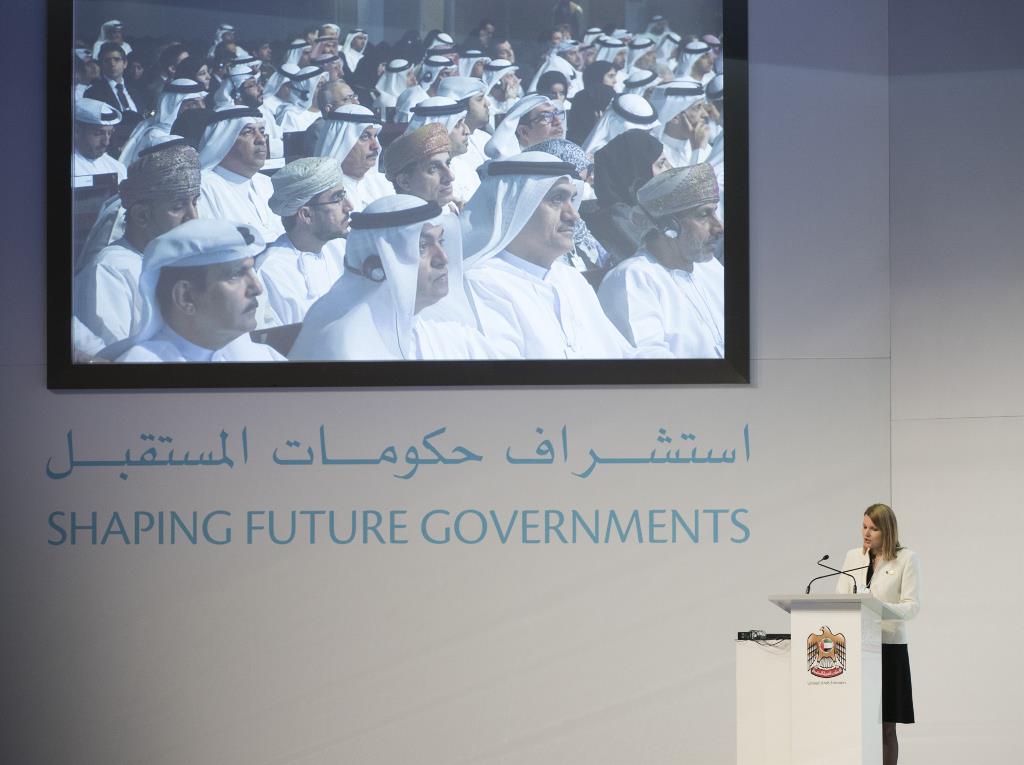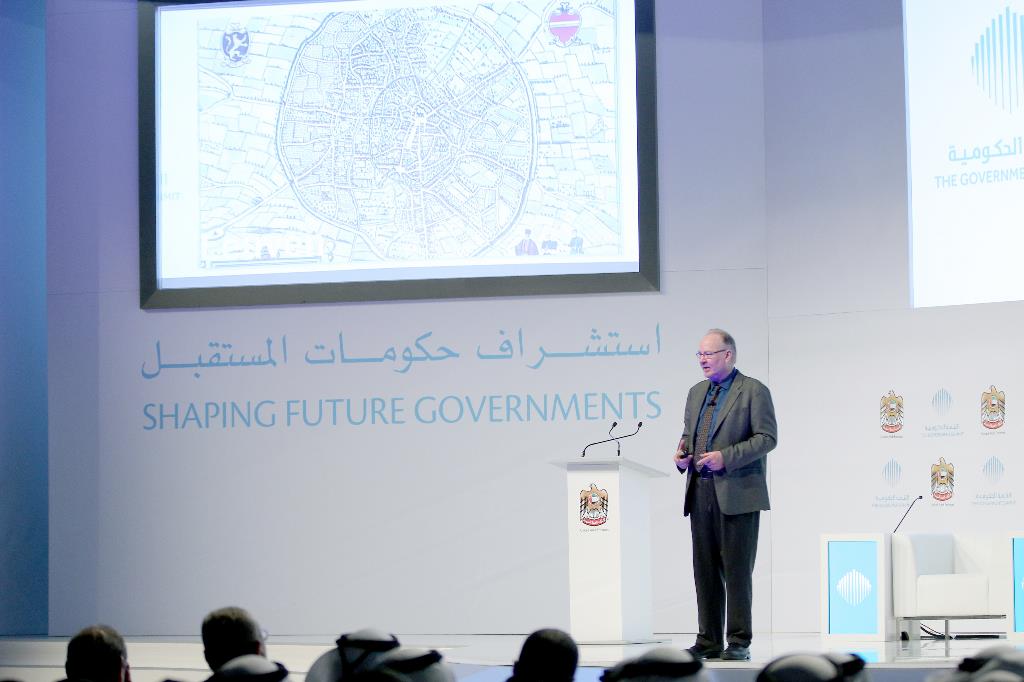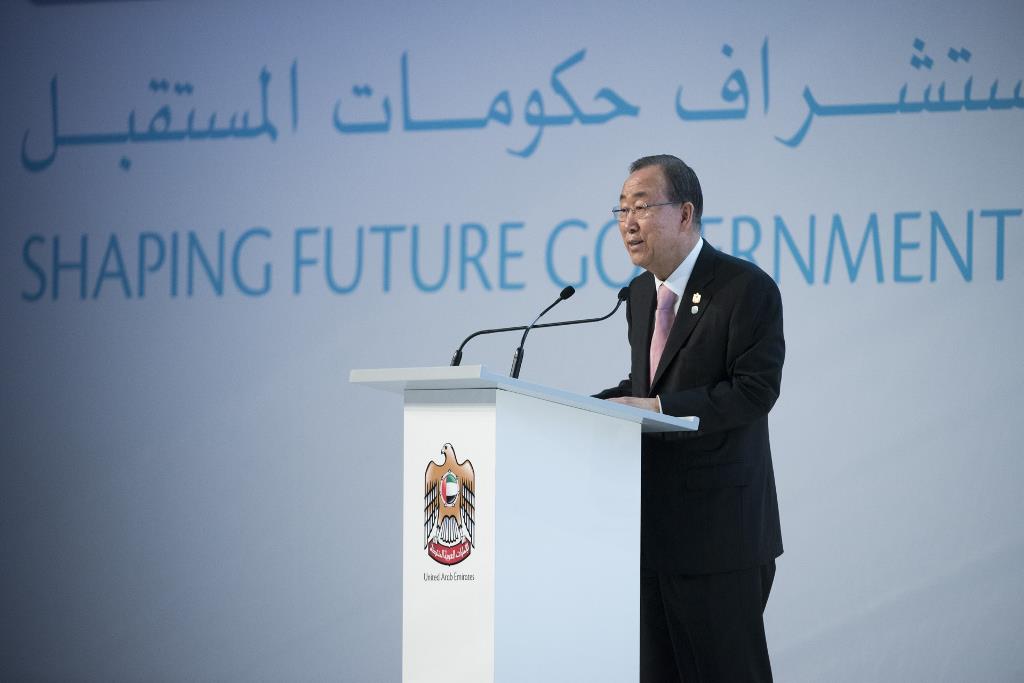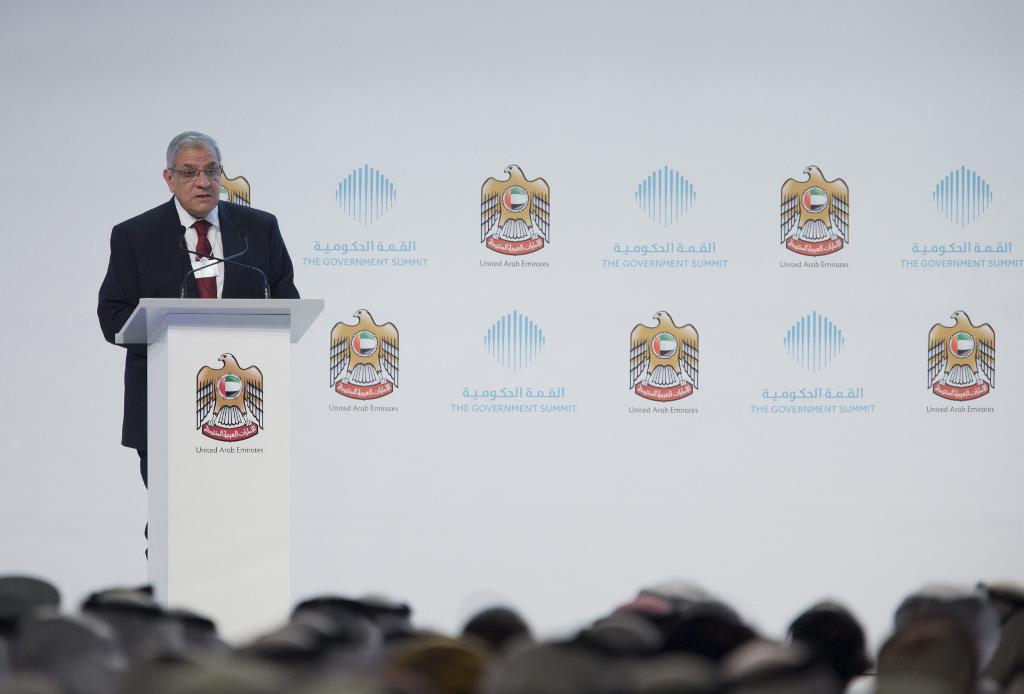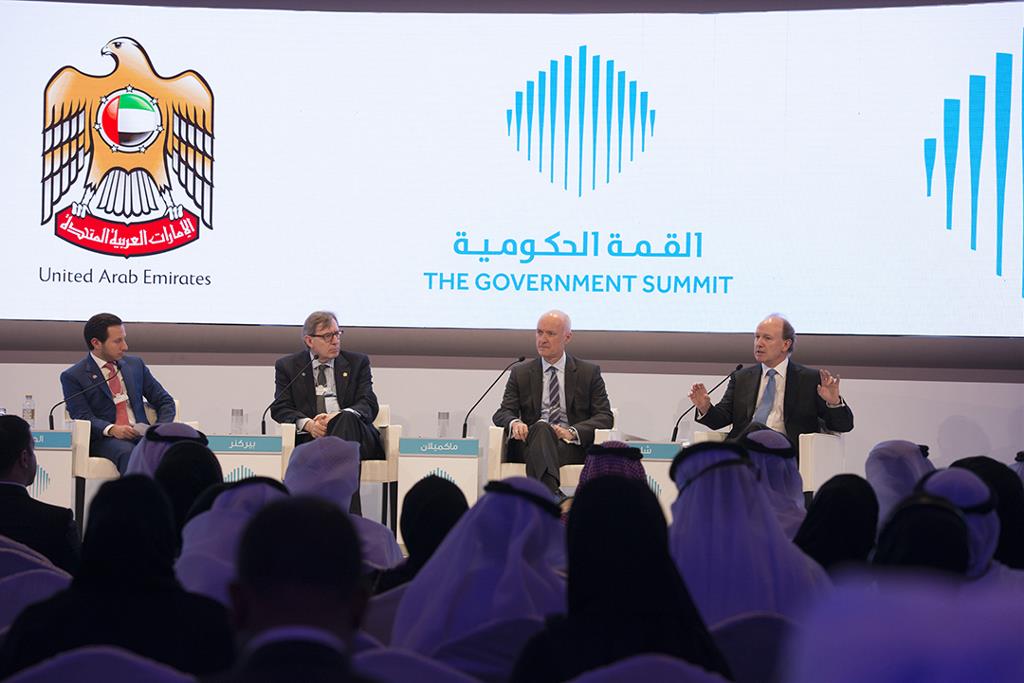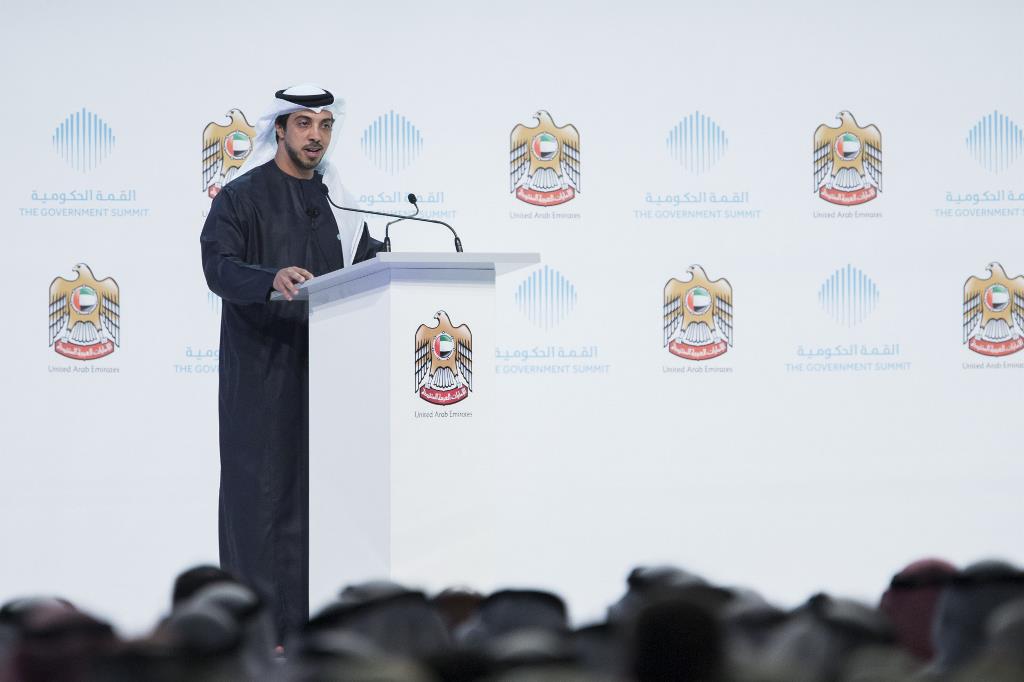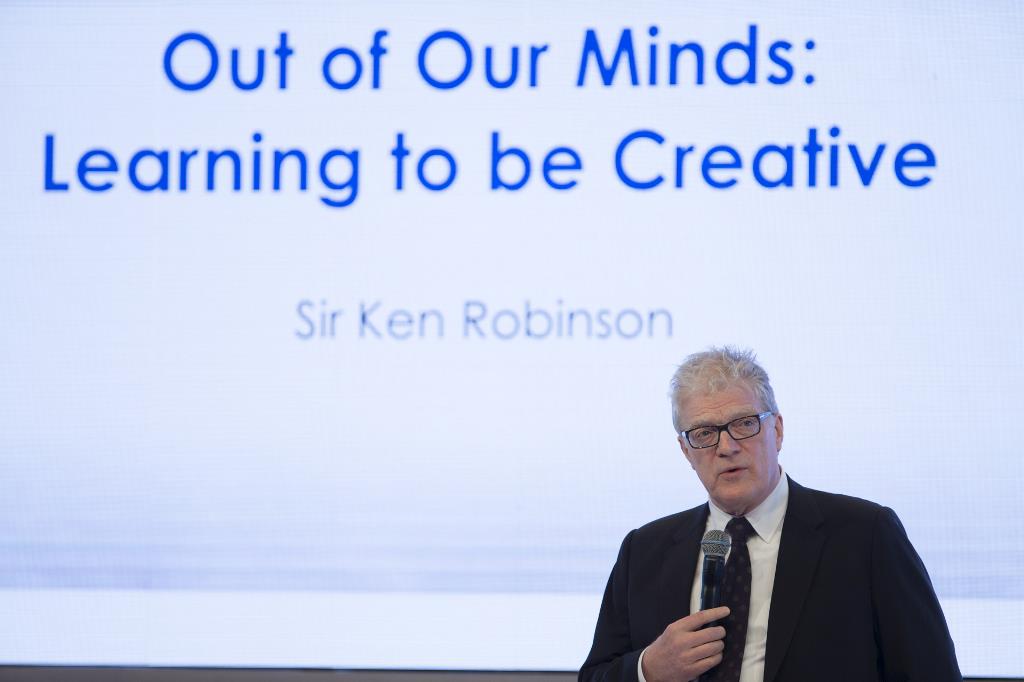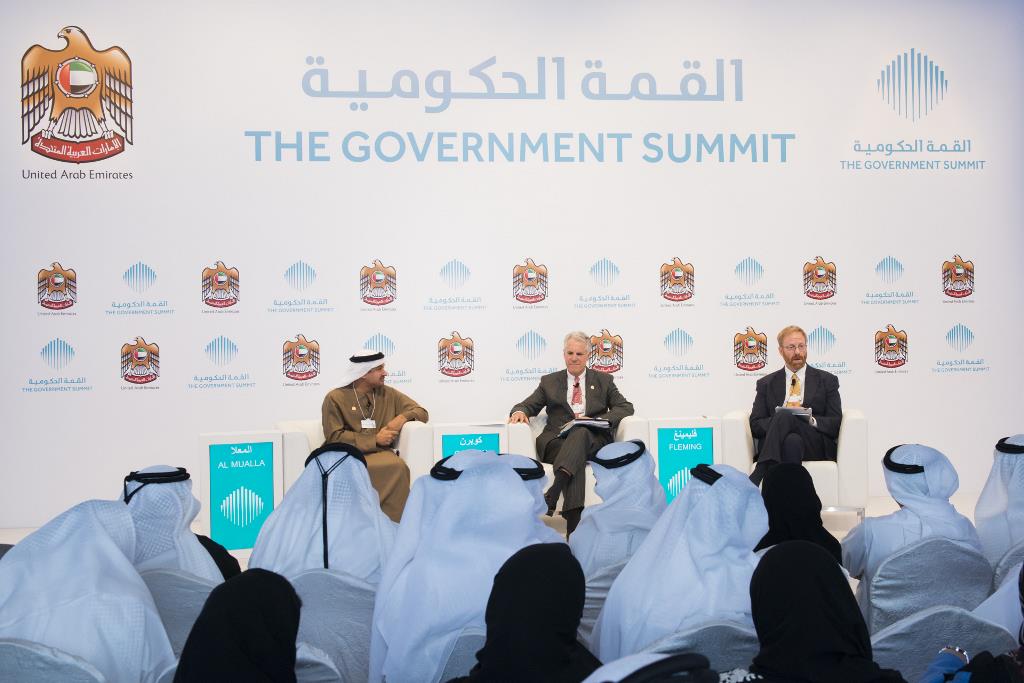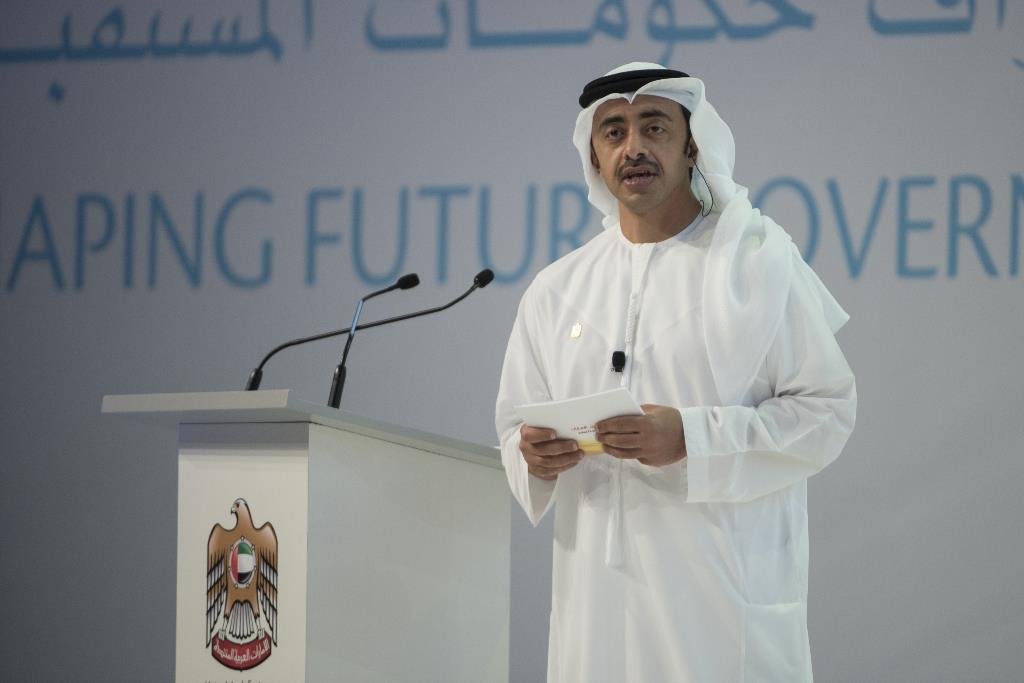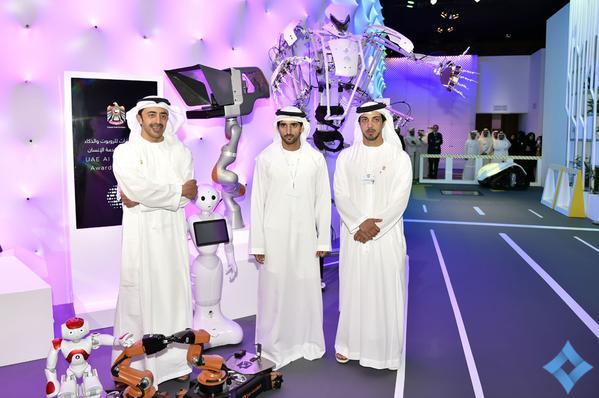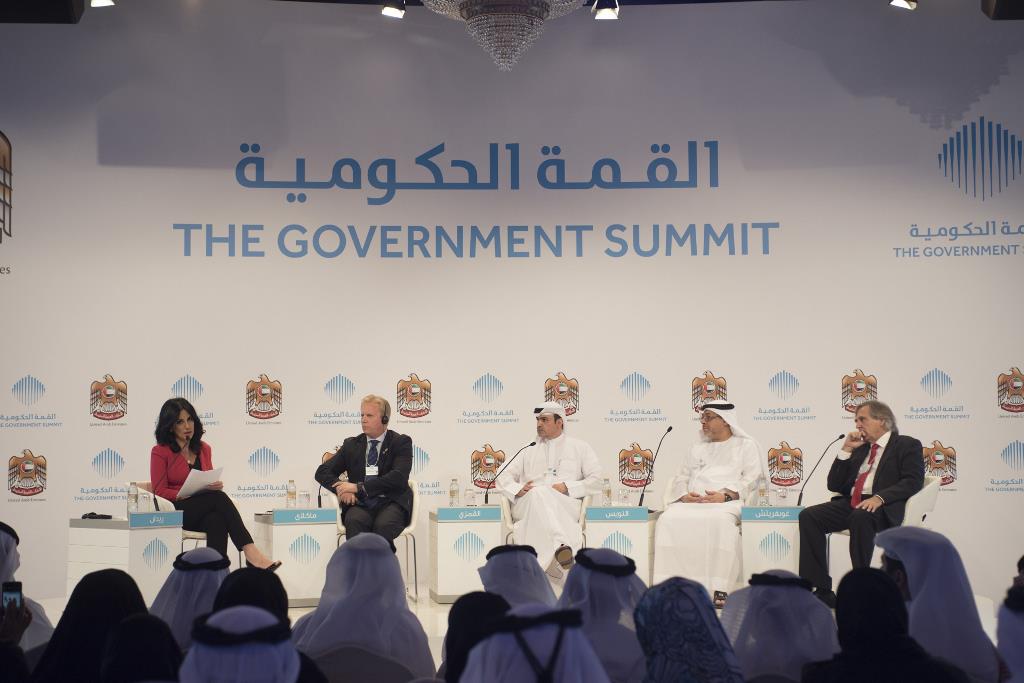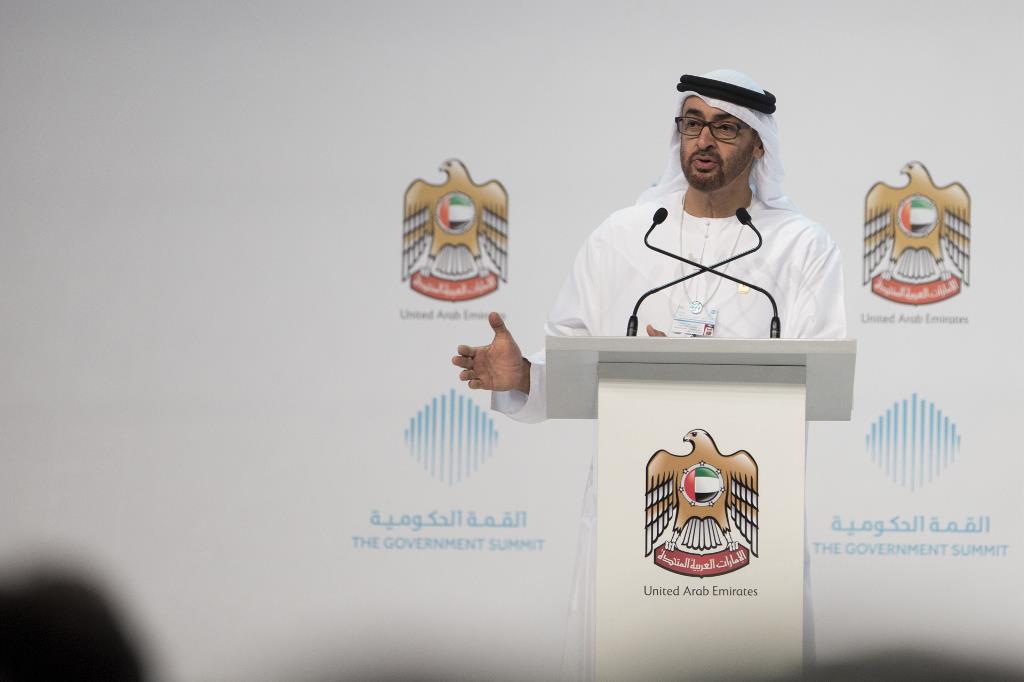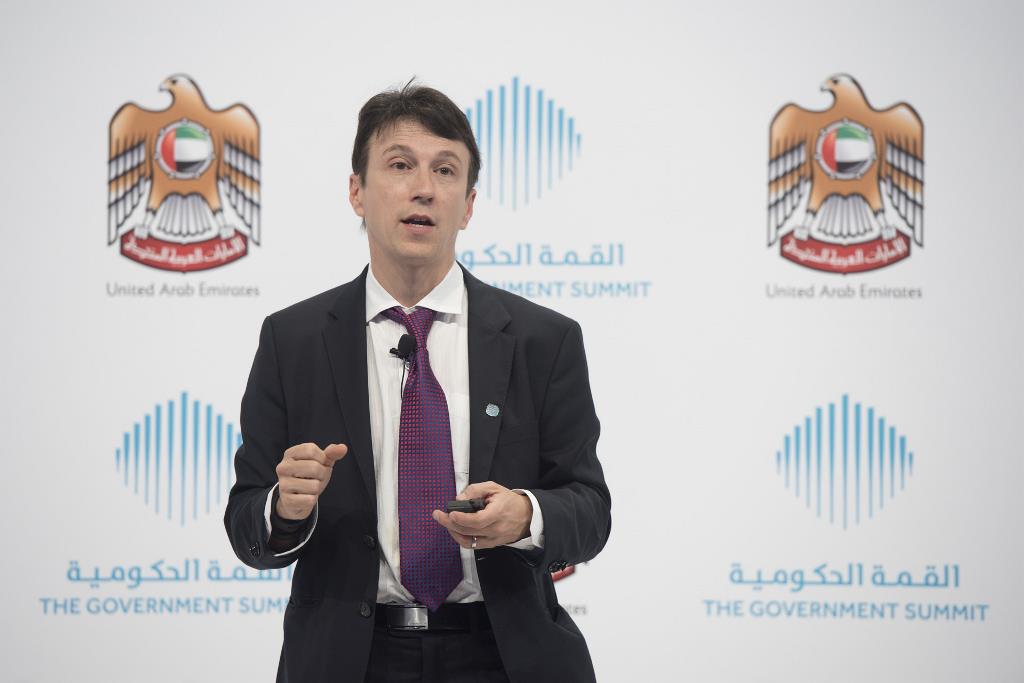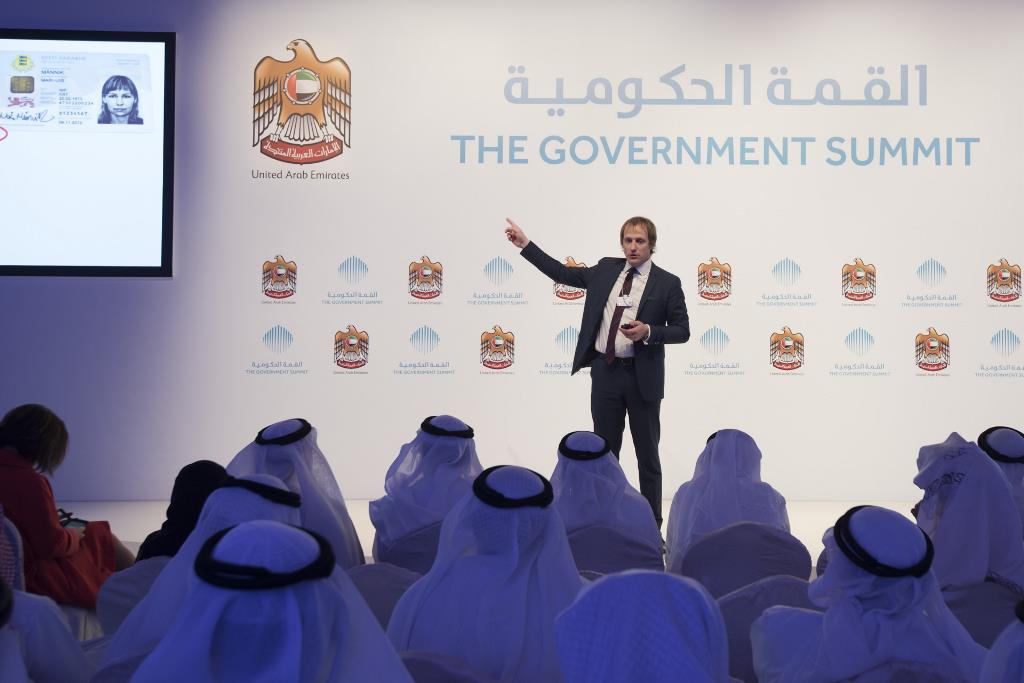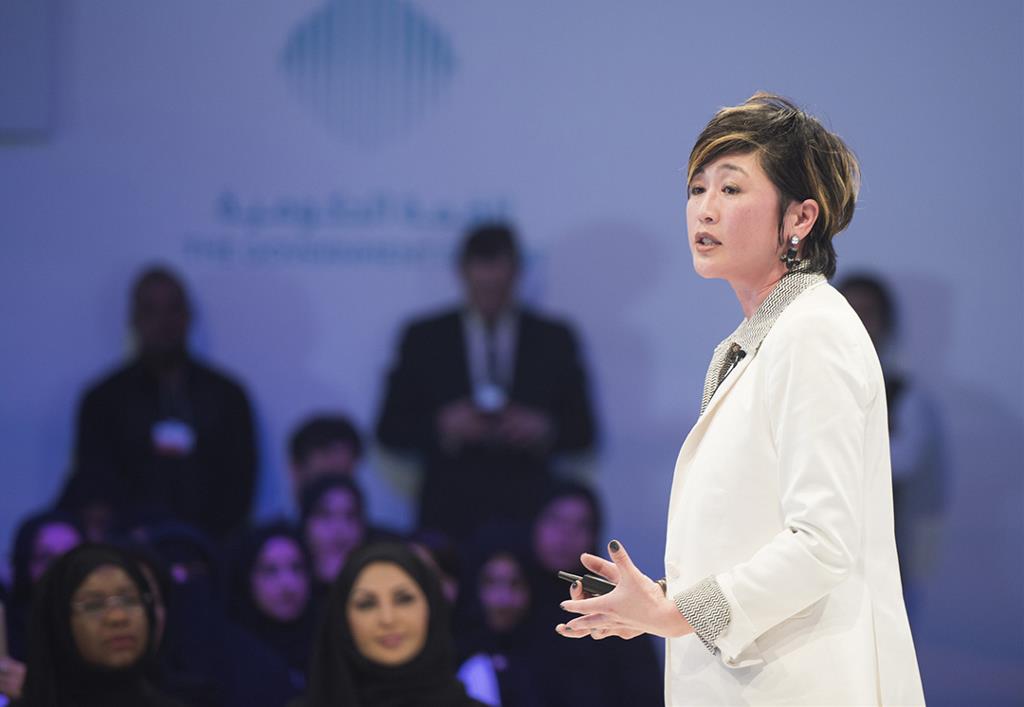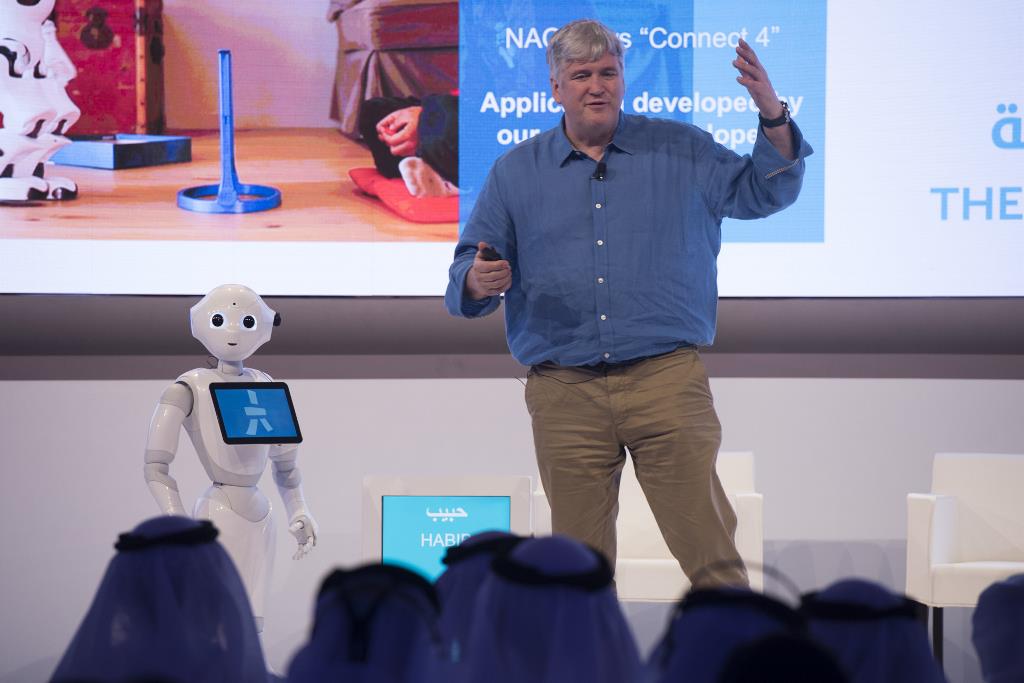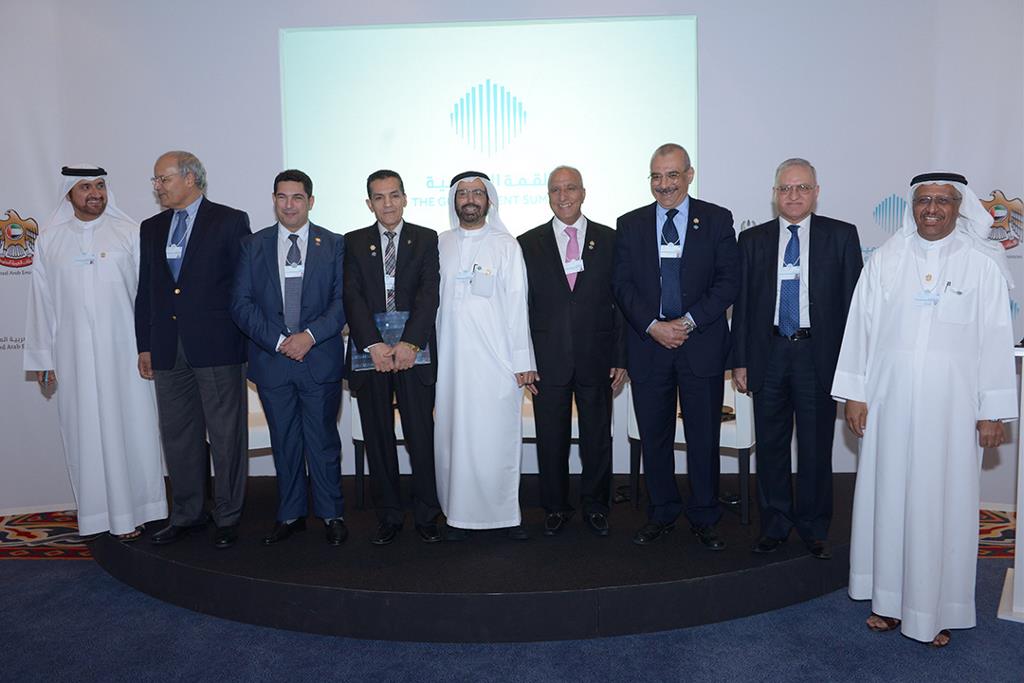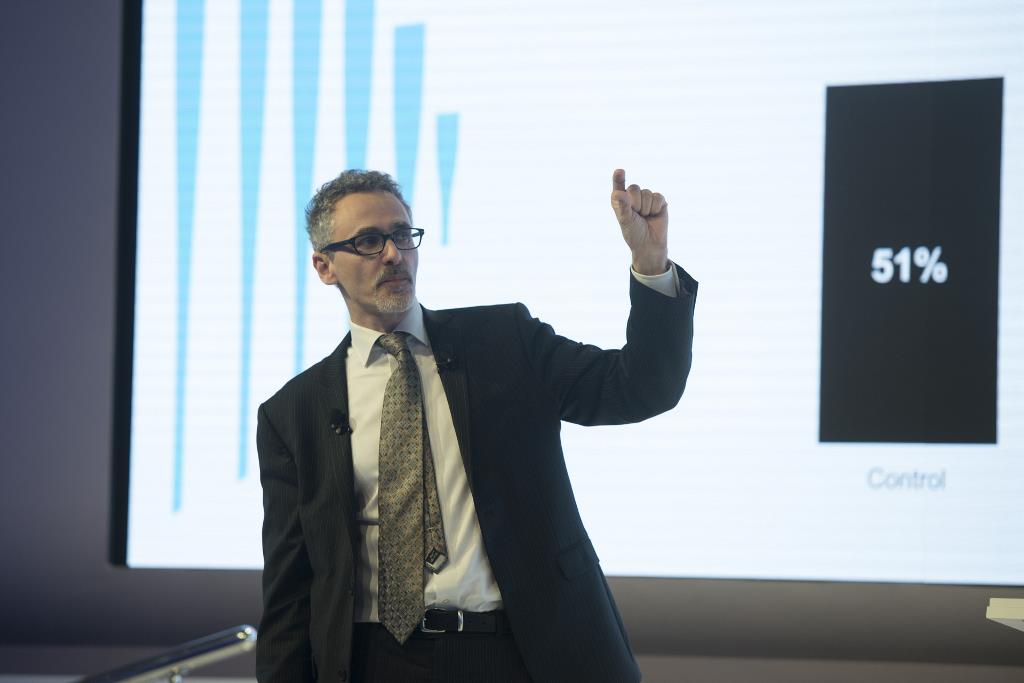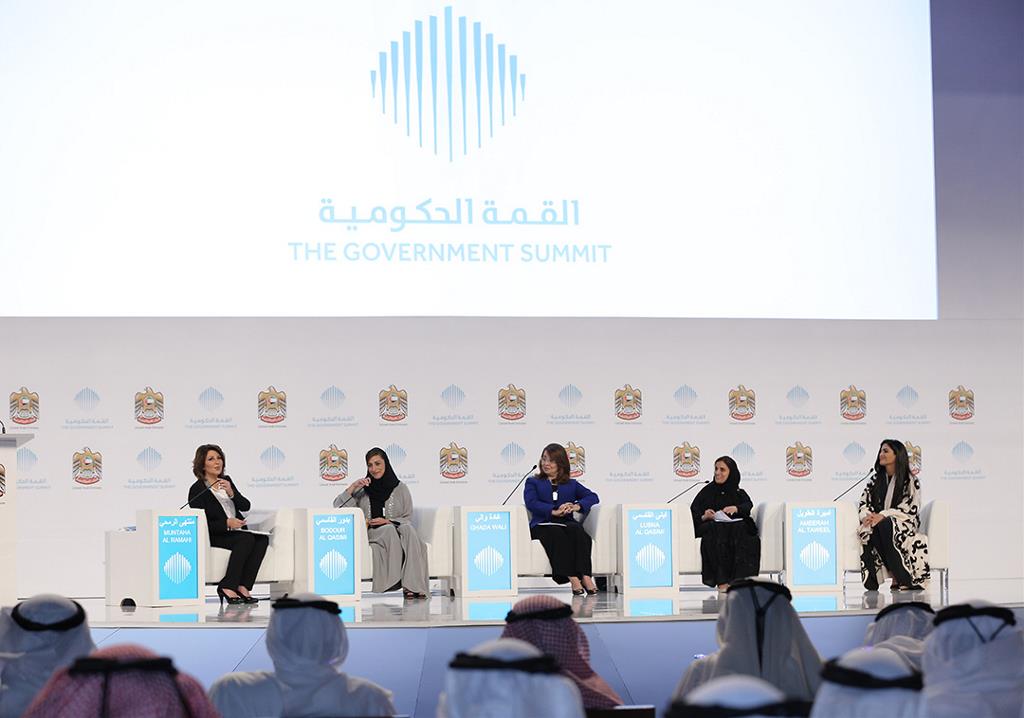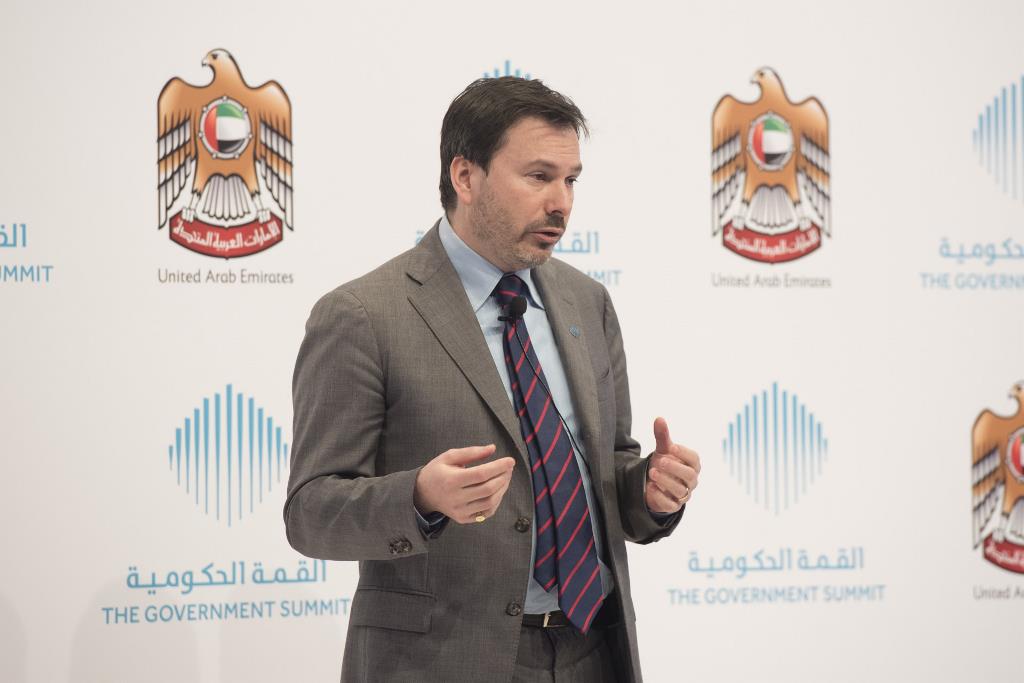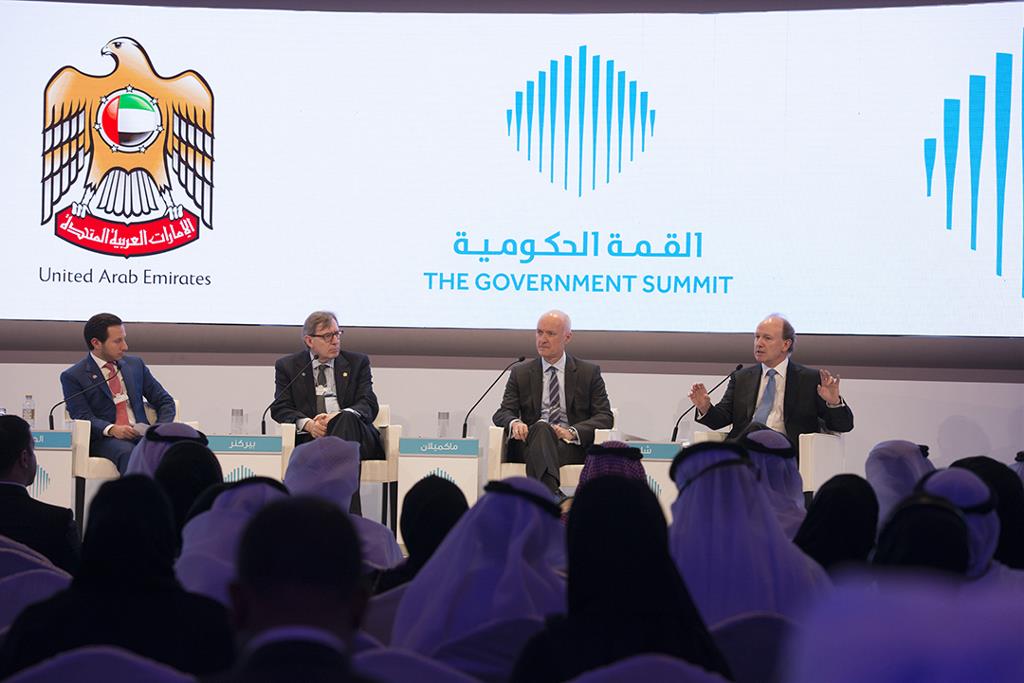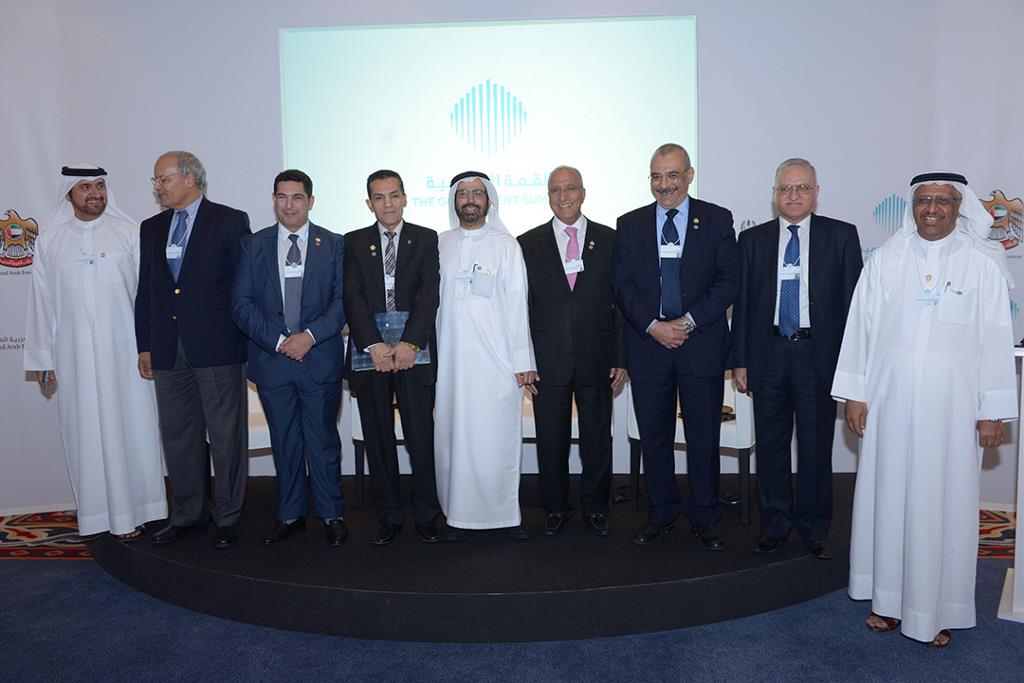Plenary Session: One to One with Steve Wozniak
The name Apple is still considered synonymous with innovation worldwide and the presence of the company’s co-founder, Steve Wozniak, at The Government Summit 2015, in the Year of Innovation, drew considerable interest and interaction.
Wozniak, whose session was moderated by CNN’s Richard Quest, spoke about how he and the other Steve, Jobs, built on their friendship, mutual respect, and their complementary talents to create world-beating products and what is today the world’s most valuable listed company by market capitalization.
“I was always the geek who loved to build products that were the world’s first. Steve [Jobs] was the guy who would turn them into cash,” Wozniak said.
The Apple co-founder said he was proud to build the Apple II, a product that was so advanced that even Hewlett-Packard engineers respected it. “It would change the world,” Wozniak said, “and go on to become Apple’s sole source of income for the first 10 years. I built that single-handed – the hardware, the software, everything.”
Innovation was the hallmark of the Apple II. It was the first desktop computing device with color, games, “it had everything that no other device had at the time”, at a cost that anyone could afford.
The corporatization of Apple had a negative effect on innovation, he said, pointing at the failure of the first Macintosh model. The early rapid growth of the company after it went public resulted in systems and processes that were so rigid that it was difficult for innovative engineers to bring good ideas to market, he said.
“Although Steve and I were solid friends,” Wozniak said, “I was not the money guy, I was the tech guy.” Circumstances forced Wozniak to take a different path in 1980, when he struck out on his own to create the world’s first universal remote control. He left Apple for a second time in 1985, because, as he said, “I love the concept of people sitting around a table and brainstorming new ideas and products,” and Apple was no longer that kind of company.
Wozniak acknowledged the important role a mentor can play in the success of a business. When Apple found a venture capitalist to back the two Steves’ “world-changing” ideas, he also became the corporate mentor who brought structure and focus to the company and put in place the systems that increased Apple’s value exponentially.
“A lot of people at the time were trying to build companies based on products created using microprocessors,” Wozniak said. “We succeeded because we had a great mentor to advise us.”
One of the ingredients in the recipe for Apple’s success, Wozniak said, is to “pull in the very best of people, parts, everything!”
On his first visit to Dubai, Wozniak regaled the audience with stories from his early days with Jobs and Apple. Along the way, he also busted some myths about the company. Talking about the two founders’ “garage phase”, Wozniak said “the whole garage thing was a great made-up myth”. When the two friends were trying to get funding for the Apple II, they appointed an advertising agency, which created the myth of two young college kids creating world-beating products in their garage.
“Actually, we spent barely half an hour a week in my garage,” Wozniak revealed to gasps from the audience. “Steve was busy making sales calls from the bedroom, while I was working anywhere and everywhere.”
He also said that the bite taken out of the apple that constitutes the company’s logo even today was just “a design element that we liked”. It was only after the fact that Apple’s PR machine related the bite to computer “bytes”.
The fact remains, Wozniak said, that the partnership was responsible for products that were way ahead of their time. It all began with great technology and usability before it detoured into great design and packaging. Apple today seems to have come full circle, as it again tries to stay ahead of the technology curve after competitors evened the playing field in the design department.
